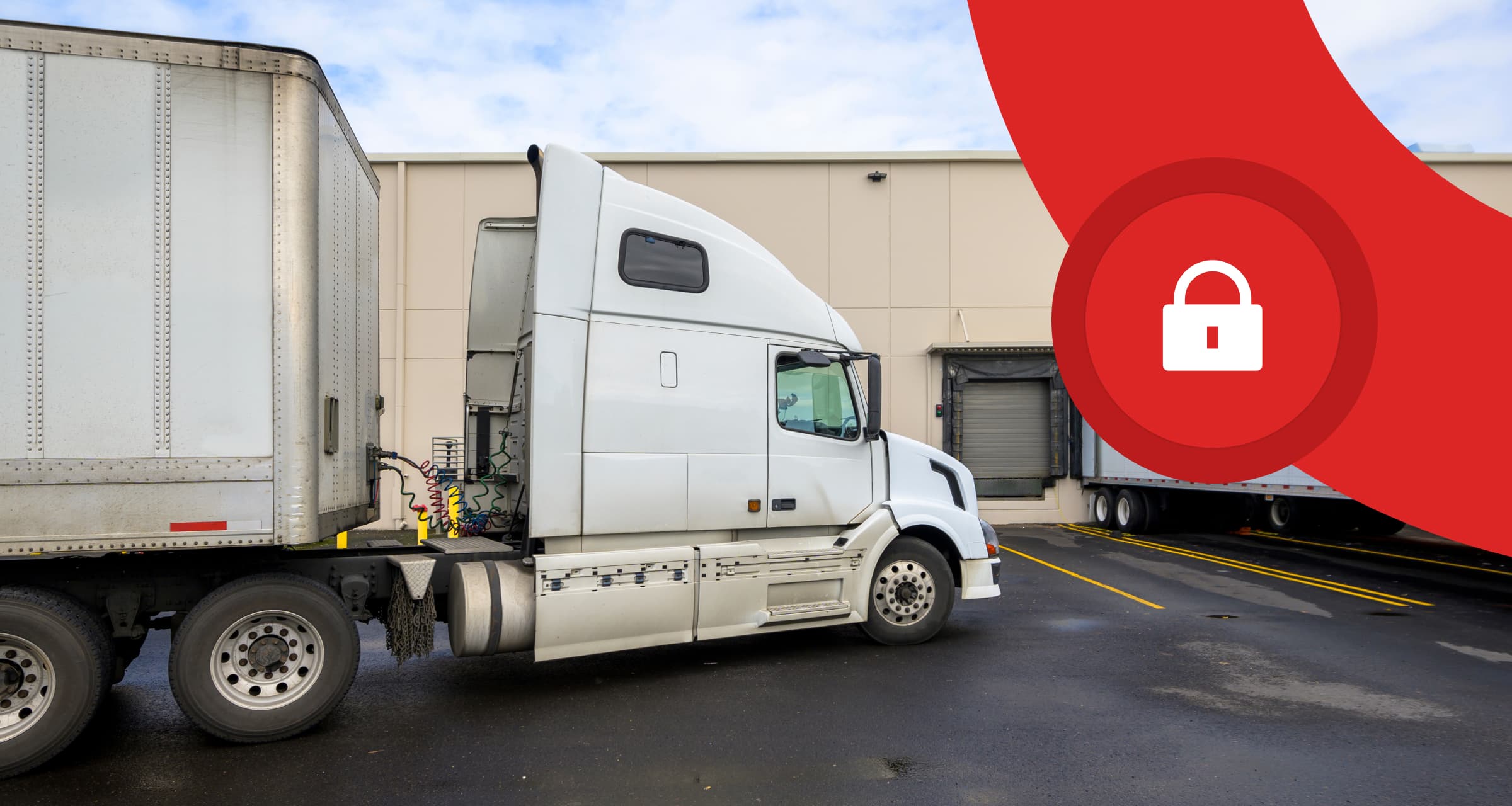With so much to stay on top of while running a trucking business, from plotting efficient routes and maximizing fuel savings to avoiding (or dealing with) card skimming scams, it’s easy to become less diligent about some of the less frequent threats. Unfortunately, one of the most costly issues is on the rise in trucking: cargo theft.
In fact, cargo theft spiked 15% in 2022, posing a significant issue within the trucking industry. According to CargoNet, the estimated total of cargo theft losses exceeds a quarter of a billion dollars each year, with the average loss per incident reaching $214,104. With the rate of theft increasing each year, it’s becoming a big problem across the industry. Read on to learn more about cargo theft and how drivers and owner-operators can avoid it happening to them.
When cargo theft occurs
It’s important to recognize that cargo theft can happen at any stage of the transportation process, whether during the initial loading, at any parking lot or gas station along the route, and all the way to the final delivery. Unfortunately the only “safe space” for a shipment is when it’s hustling down the highway. The reality is that when a trailer stops, the driver needs to keep an eye on it at all times.
Staying vigilant and cautious throughout the entire journey is the best way to keep your chances of falling victim to cargo theft at a minimum.
Common methods of cargo theft
Cargo theft can be committed in an unplanned, almost on-the-fly manner or be the work of a highly sophisticated group. Drivers need to be vigilant, not only for the security of their loads but also for their own safety and well-being.
There are numerous methods used to steal cargo, with more tactics being developed all the time. Three of the most common forms of cargo theft include:
Fictitious pickup
A common method for criminals to steal trailers is by using false identification or even bogus carrier names. A scammer will present themselves as a legitimate truck driver to trucking companies and present counterfeit paperwork to then take loads off docks. The stolen shipments are then turned around and sold on the open market for total profit.
Pilferage
Also known as “leakage”, pilferage refers to the theft of part of the cargo, rather than the entire shipment. Thieves may steal some of the boxes, an entire pallet or even some of the goods inside a carton and then reseal the packages to avoid detection. This can be one of the most difficult kinds of cargo theft to detect because the driver often doesn’t realize the crime has occurred until they have arrived at the final destination.
Grab and go
Typically more targeted than a hijacking or full truck robbery, the ‘grab and go’ method is common among groups focused on high-value or high-tech items. The criminals will follow a shipment for as long as it takes and wait for the driver to pull into a truck stop or restaurant. While the driver is inside, the individuals break in, load as much merchandise as they can into their van and drive off.
Which goods are targeted
The range of goods targeted for cargo theft may surprise you. While pricey consumer electronics and household goods are on the list, so are beverages and food. In fact, the most sought after goods are avocados and nuts! These items are extremely hard to track and recover since they do not have serial numbers and are very easy to resell.
How to avoid being a victim of cargo theft
Cargo theft can happen regardless of the precautions you take – but there are plenty of steps you can take to protect your shipment. In addition to keeping an eye on your truck at all times and parking in safe, secure truck parking lots with good lighting and 24/7 security, here are some more measures you can take.
- Subscribe to a reporting service such as FreightWatch, SC-ISAC or CargoNet, which enables drivers to monitor area thefts and promptly report attempts and incidents of fictitious pickups to law enforcement agencies.
- Validate and vet third parties such as brokers and carriers. Also, communicate frequently with all members of your supply chain.
- Vet truck drivers and reduce liability with a job applicant and employee screening of driving history and past employment. Use monitoring services to check for any changes to drivers’ motor vehicle records.
- Use technology such as intelligent routing, telematics, real-time monitoring, geo-fencing, GPS and shipper/carrier communication protocols to maintain a chain of custody for cargo.
The best way to prevent cargo theft is to use common sense. Pay attention to your surroundings, keep watch on your goods, and stick to secure areas and truck stops. And don’t settle for whatever parking you find on the way – use an app like Relay to easily find and book secure parking any hour of the day.

